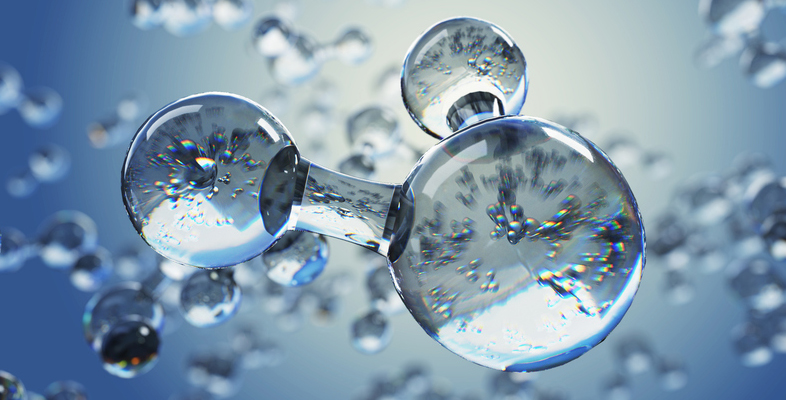1 Chemical reactions
A chemical reaction produces some sort of change in a substance.
The substances you start out with are called reactants and the new substance or substances formed following reaction, are called products.
For example, a classic demonstration you might have seen at school is burning magnesium ribbon in air. The silvery strip of metal burns with an intense white flame to leave you with a powdery white solid, this is magnesium oxide.
All very impressive, but the point to remember is the physical and chemical properties of the product are very different from the material you started out with. For example, in addition to the obvious change in appearance; magnesium metal conducts electricity, magnesium oxide does not.
But what reaction is taking place?
The air in which the magnesium burns is a mixture of gases. (Table 1).
| Substance | Content by volume |
|---|---|
| Nitrogen | 78% |
| Oxygen | 21% |
| Argon | 0.9% |
| Carbon dioxide | 0.03% |
| Other gases | 0.003% |
| Water | variable |
However the component of air that reacts with magnesium, is oxygen (in fact to be absolutely precise there will be some reaction with nitrogen too, but to keep things simple we will ignore this).
If you were to carry this reaction out in a sealed container with exactly the right amount of oxygen present to react with the amount of magnesium used, then there would be no oxygen left over afterwards. In other words you would get complete conversion to magnesium oxide.
In fact this is telling you what chemical reactions are all about.
Chemical reactions simply involve the rearrangement of atoms, in this case magnesium atoms are combining with oxygen atoms, to form magnesium cations and oxide anions, which form an ionic solid, magnesium oxide (note the link with your study of chemical compounds in Session 2).
This means there is no change in the total mass from that present before reaction – this is the Law of conservation of mass which is the cornerstone of any chemical reaction.
The mass of reactant(s) you start with must equal the mass of product(s) you end up with.
